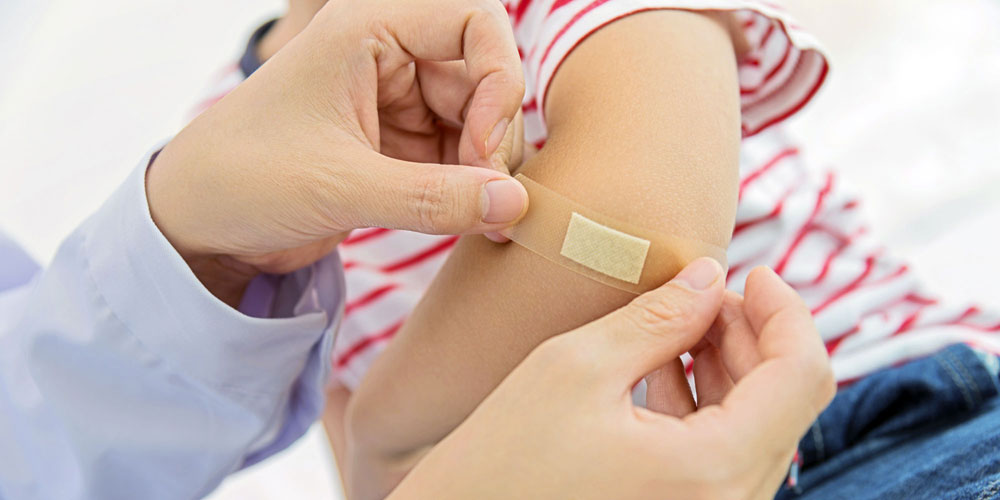They are not only beautiful, but sometimes also poisonous or prickly: houseplants. What parents at the selection should be observed to protect your child

Ball cactus: If a baby reaches into it, it can hurt a lot
Colorful is attractive. What nature has considered to attract bees to flowers also works for children. As soon as the African violet is in full bloom, the offspring plucks every single one of the blue leaves. However, some house flowers know how to defend themselves. They have inherited strategies from their wild relatives that protect them from enemies – whether cow or toddler -: poison, thorns, spines.
With a prickly cactus, a child immediately notices that it does not want to be touched. You don’t see the danger in a poisonous plant. "Fortunately, very few houseplants are very toxic", says Dagmar Eckart, who looks after the plants and fungi area at the Poison Control Center of the University Medical Center Mainz. When the biologist receives calls from worried parents, she can usually give the all-clear. "But the more poisonous parts of plants a child swallows, more it can be worse." You can protect yourself with a few safety precautions children before plants.
Inquire about houseplants when purchasing
The most important rule: know your green stuff! "If you know what kind of house plants you have, you can save yourself a lot of stress in an emergency", says Dr. med. Carola Seidel, deputy head of the information center against poisoning at the center for pediatrics at the University Hospital Bonn. If the offspring has already put the pretty yellow flowers in their mouths, parents who know that this was a non-toxic slipper flower can breathe easy. When purchasing, parents should not only inquire about the plant’s location preferences, but also whether it may be toxic.
In the thick leaves of the rubber tree there is, for example, a milk sap that can cause abdominal pain and vomiting in children. Knight’s star or window leaf are also dangerous (see below). They are best at the top and are out of reach of children. Old leaves and flowers should not be able to fall on the floor and land almost directly in front of the hands of crawling flower friends.
Place plants out of reach
The wild forms of houseplants are often much more poisonous than their beauty-bred relatives. "Usually there is only slight irritation of the mucous membrane when children come into contact with toxic parts of plants", says Dagmar Eckart. Sore throat, nausea, vomiting and diarrhea are the most common symptoms. Children should drink a lot after eating a part of the plant – unless a doctor or poison control advises otherwise. So irritation subsides. If the plant is poisonous or if the parents are not sure, they should immediately contact the poison control center in their area and follow the instructions of the experts.
Usually only a certain part of the plant is poisonous. The already mentioned dangerous milk juice often collects in stems and leaves. However, flowers or parts of the tubers, once swallowed, can cause symptoms. In many cases, the poison is in the fruit. In houseplants, berries mostly serve as an ornament. That’s why home gardeners naturally don’t want to remove them. "It is enough if the plant is out of reach. Before the fruits fall off, however, they should be picked and disposed of", advises Eckart.
RELATED ITEMS
-

What if the child doesn’t want to go to daycare? Baby and family
Yesterday the child happily went to crèche or kindergarten, today there is protest and roar. What is behind it? Today: thumbs down for that…
-

Caution: poisonous plants from the garden – baby and family
Some plants from the garden or balcony can cause poisoning. Poisonous plants that children should stay away from…
-

Violence in education: how bad is a slap in the face? Baby and family
Are a slap in the face or a slap on the butt forgivable slips or inexcusable mistakes? Interview with psychologist Prof. Sabine Pankofer Many…
-

Language training: when is therapy necessary? Baby and family
Lispel, stuttering, selective mutism – more and more children have speech disorders and receive speech therapy. The Munich explains the background…
